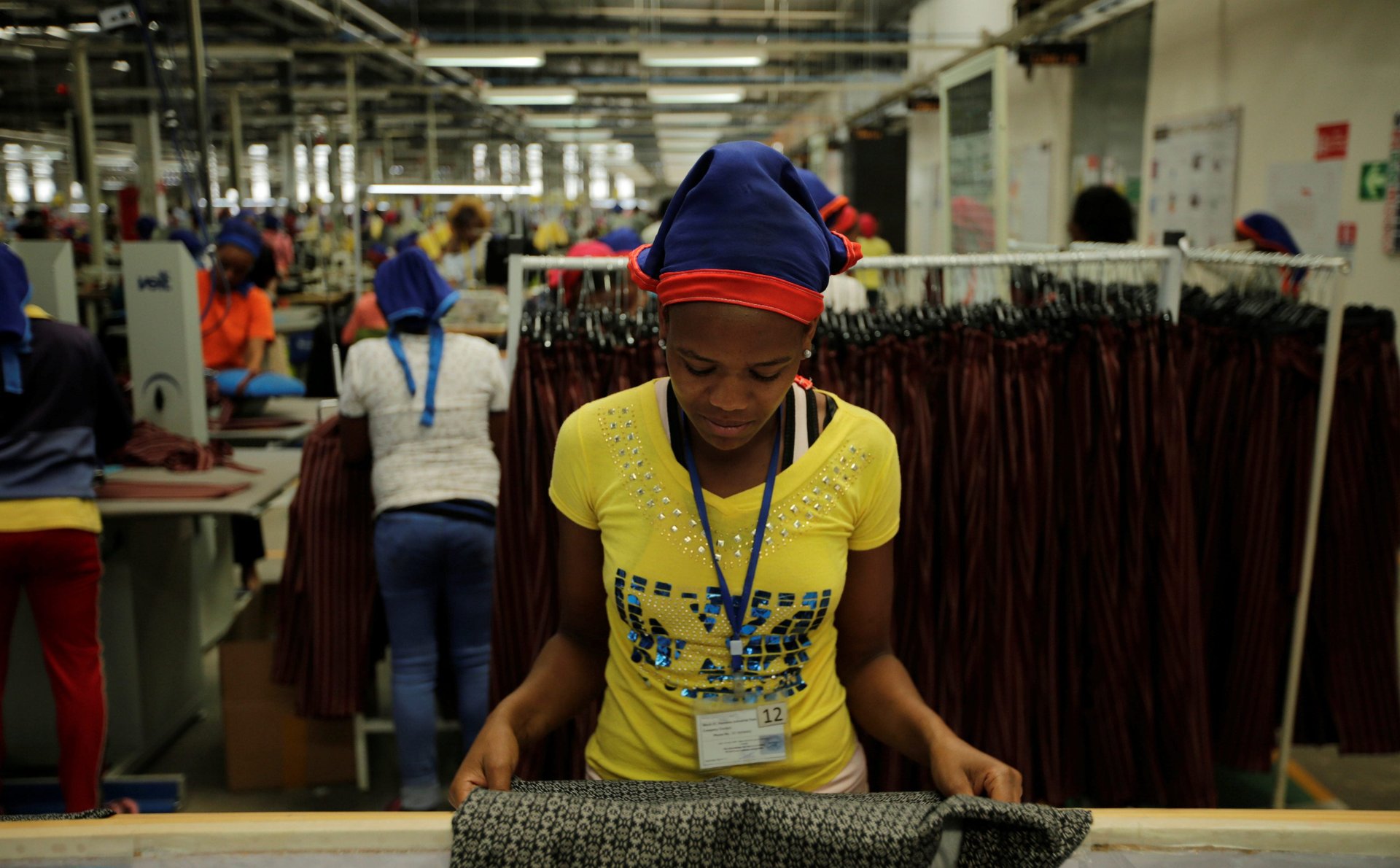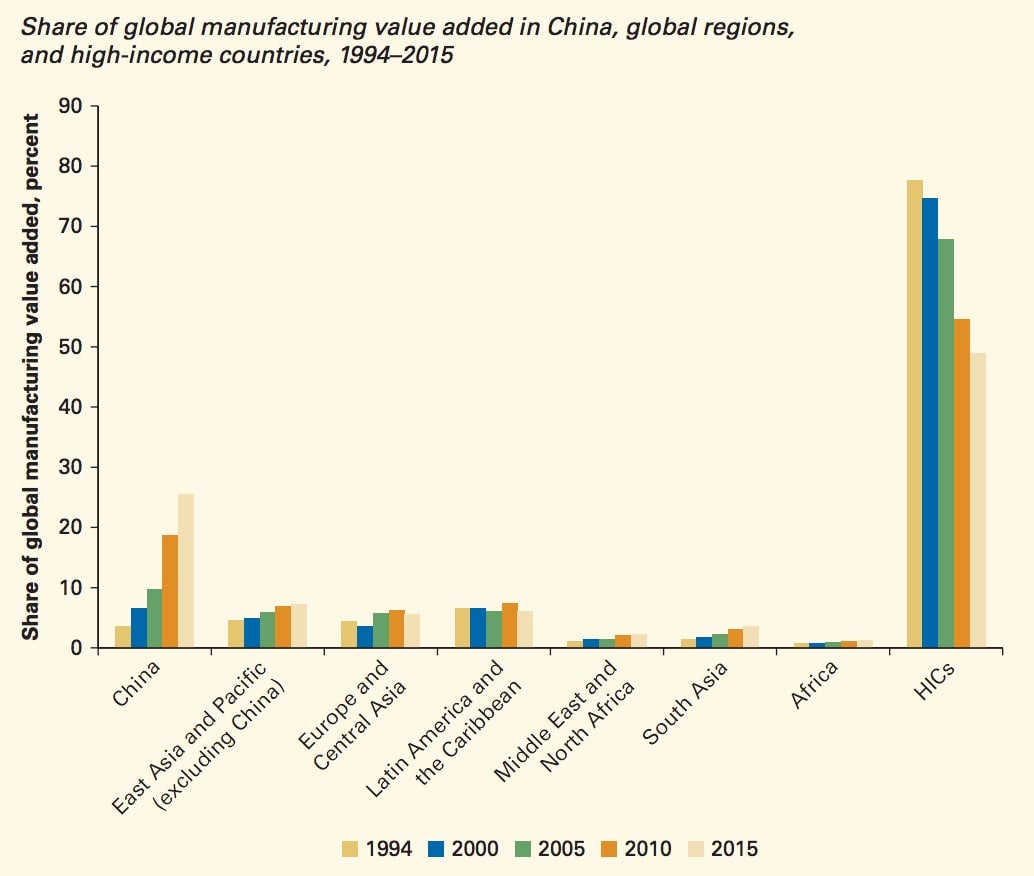Chinese manufacturing may not be moving to Africa all that soon
The promise of Chinese manufacturing moving to Africa increasingly seems like a real possibility. Chinese car factories assemble in South Africa. Mainland footwear companies have expanded into Ethiopia. Chinese entrepreneurs have opened textile plants in Rwanda and other operations across the continent.


The promise of Chinese manufacturing moving to Africa increasingly seems like a real possibility. Chinese car factories assemble in South Africa. Mainland footwear companies have expanded into Ethiopia. Chinese entrepreneurs have opened textile plants in Rwanda and other operations across the continent.
But it may be too soon to proclaim Africa the world’s next factory. According to a new study (pdf) by researchers at Peking University’s Center for New Structural Economics and the Supporting Economic Transformation program at the Overseas Development Institute in London, few Chinese manufacturing firms are relocating as a result of rising wages in China. And if they are relocating overseas, Southeast Asia, rather than Africa is their preferred destination.
The survey, released this month, “suggests a need for realism on the potential for jobs transfer to low-income host countries,” according to the authors Jiajun Xu, Stephen Gelb, Jiewei Li and Zuoxiang Zhao.
The researchers surveyed 640 Chinese firms producing home appliances, garments, footwear, and toys, and employing about 16 million workers. Rising wage costs—wages grew between 9% to 11% between 2005 and 2014 at the factories—were the most cited challenge.
The most common response to rising wages, however, was not relocating to countries with cheaper labor but turning to automation. Almost a third of firms said upgrading technology was their first strategy and more than half said it was among their top three responses. Chinese manufacturers are expected to have the world’s largest number of installed industrial robots (p. 29), about 600,000, by 2018, according to the Industrial Robot Statistics.
Only 6% of firms said relocation of production was their most likely response, and only half of those said they would relocate to areas outside of China. Among 62 firms that had invested abroad or planned to, only two named Africa as a preferred destination. Southeast Asia was a far more likely destination.
Others have also pointed out the obstacles to manufacturing moving from China to Africa. Indermit Gill, director of the Duke Center for International Development at Duke University, points out in a recent blog post for Brookings that the global share of manufacturing value in 2015 was still split evenly between high-income and developing countries, with China accounting for more than half of the contribution of developing countries. Between 1994 and 2015, China’s share continued to grow while Africa’s has barely budged.

Another commonly stated reason for manufacturing’s move to places with cheaper labor like Africa is China’s aging population. But China’s workforce is still sizable: in 2025 the population of Chinese between the ages of 15 and 64 will be a billion, and will still be almost that amount in 2050, Gill points out. “Don’t bet on China giving back manufacturing jobs any time soon,” he concludes.